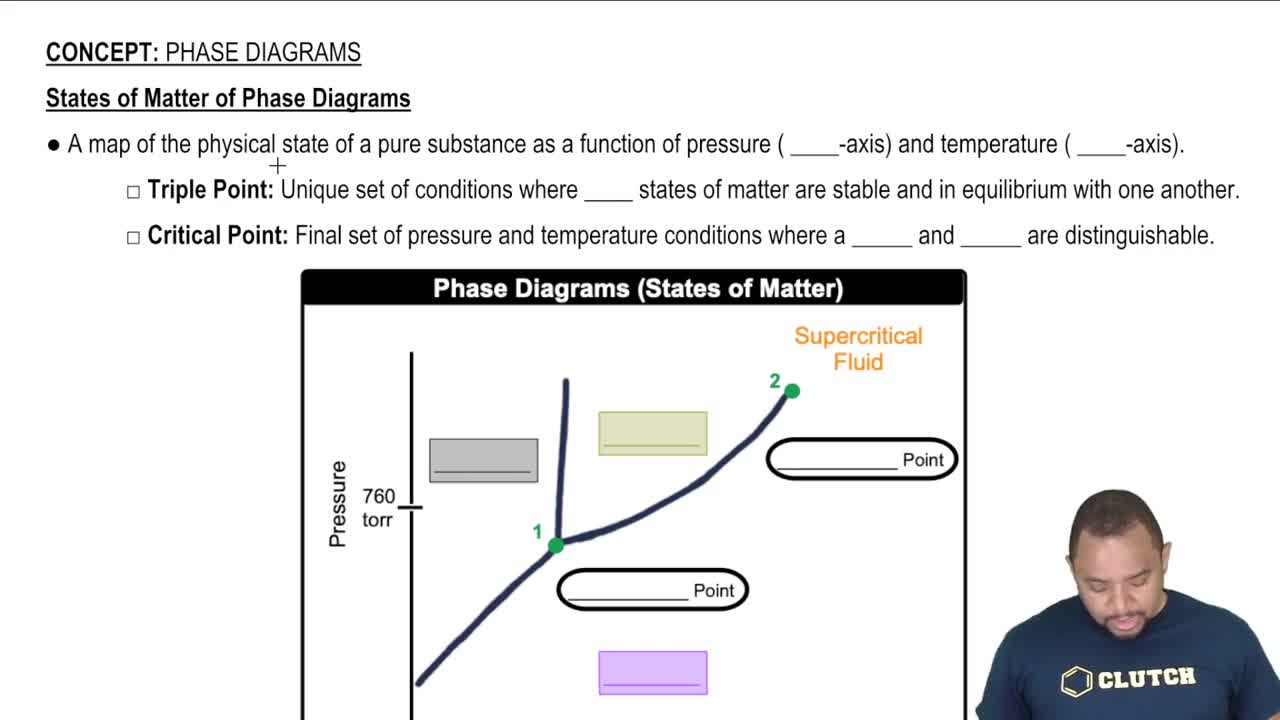Here are the essential concepts you must grasp in order to answer the question correctly.
Chemical Composition and Structure
The chemical composition and structure of a compound significantly influence its physical properties. TiH1.7, HCl, and CaH2 differ in their elemental makeup and bonding types. TiH1.7 is a titanium hydride with metallic characteristics, HCl is a molecular compound with covalent bonds, and CaH2 is an ionic compound formed from calcium and hydrogen. Understanding these differences helps predict properties like melting point, boiling point, and solubility.
Recommended video:
Intermolecular Forces
Intermolecular forces are the forces of attraction or repulsion between molecules and play a crucial role in determining physical properties such as boiling and melting points. HCl, being a polar molecule, exhibits dipole-dipole interactions, while CaH2, an ionic compound, has strong ionic bonds. TiH1.7, with its metallic bonding, has delocalized electrons contributing to its unique properties. The strength and type of these forces directly affect the compounds' states at room temperature.
Recommended video:
Intermolecular vs Intramolecular Forces
Phase and State of Matter
The phase and state of matter of a substance are influenced by temperature and pressure, as well as the nature of the intermolecular forces present. TiH1.7 is typically a solid at room temperature, while HCl can exist as a gas or liquid depending on conditions, and CaH2 is a solid. Understanding the phase behavior of these compounds is essential for comparing their physical properties, such as density and reactivity under various conditions.
Recommended video:
States of Matter of Phase Diagrams
 Verified step by step guidance
Verified step by step guidance

